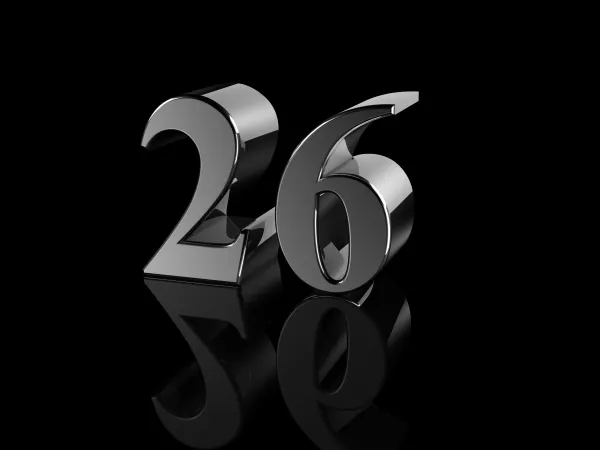Unravel Modifier PD Criteria to See If Your Encounter Qualifies

If you miss the three-day payment window, your payment is out the window.
Deciding whether you need to use modifier PD on your claims can be a challenge, especially if you don’t know whether the physician admitted the patient to the hospital. You have to break down and define the terminology in the modifier’s description before deciding.
Read on to see how the three-day payment window and technical versus professional components all factor into your success with this modifier.
Start with the Modifier Intention
You use modifier PD (Diagnostic or related non-diagnostic item or service provided in a wholly owned or operated entity to a patient who is admitted as an inpatient within 3 days) for pre-admission diagnostic and admission-related non-diagnostic services that take place in a wholly-owned or wholly-operated entity. The pre-admission diagnostic services can, for example, include clinical diagnostic laboratory tests that your physician provides prior to patient admission. The admission-related non-diagnostic services are, for example, psychiatric, inpatient rehabilitation, or long-term care.
Timing matters: As the modifier descriptor states, you need to pay attention to when the patient gets admitted to inpatient status before applying modifier PD. A three-day payment window comes into play when your physician sends a patient to a Part B entity that is wholly-owned or -operated by a hospital for outpatient care. If the physician admits the patient to the wholly-owned entity within three days prior to and including the date of admission, the inpatient claim will include the technical services and you attach modifier PD.
Get Your Answers on When to Use PD
There are many reasons why knowing when to use modifier PD is confusing. Knowing when to use modifier PD is hard since the charges and billing, and seeing the patient happen at different points in time, says Monica Gourley, CCS, HCS-D, clinic coder at Klickitat Valley Health Services in Goldendale, Wash.
Linda Eickmann Duckworth, CHC, CPC, managing consultant and compliance officer at Medical Revenue Solutions, LLC in Oak Grove, Mo., says you need to ask yourself the following questions:
Example: On Monday, a physician sends a Medicare patient into your hospital-owned clinic requesting a chest x-ray (71020, Radiologic examination, chest, 2 views, frontal and lateral). Findings prompt the doctor to admit the patient into the clinic on Tuesday. The admission was within the three-day window, so you would report 71020-TC-PD.
Pointer: When claims include modifier PD, CMS will pay:

